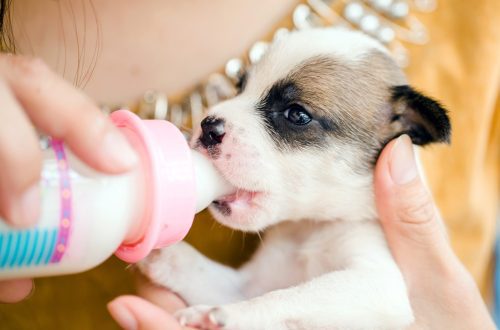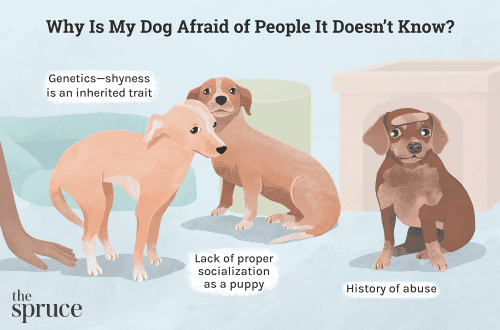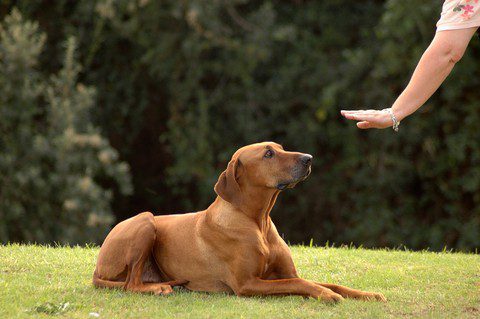
Why it is useless to “run out” an excitable dog
Quite often, owners complain that they have an excitable dog, which, for example, trashes the apartment. On the advice of the “specialist”, the owners diligently “run out” her, give her a lot of physical activity, chase the ball and stick … and everything gets even worse! And this, in fact, is natural. Why is it useless (and even harmful) to “run out” an excitable dog?
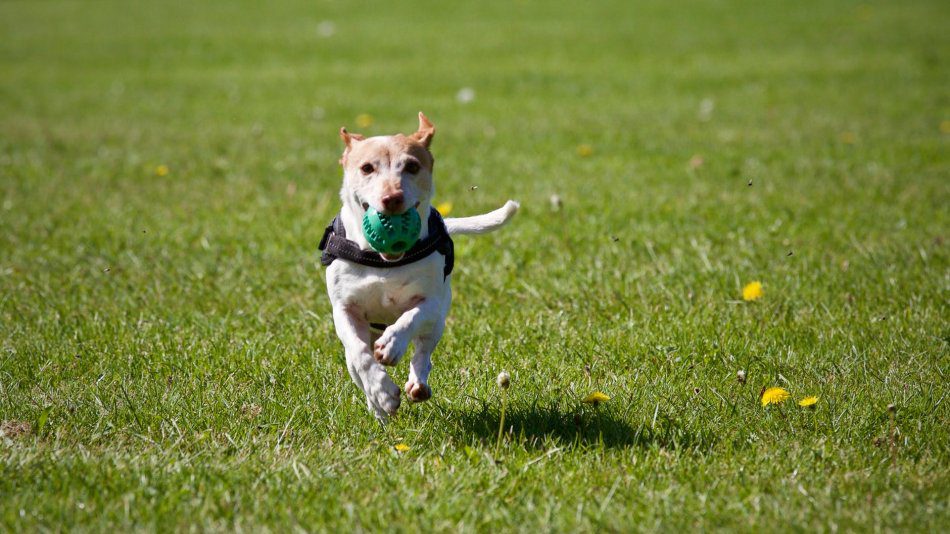
Photo: pexels
The fact is that the dog needs a load, of course, but the load is different.
Mental and physical stress are two different things.
By the way, the mental load tires the dog much more – 15 minutes of intellectual load is equivalent to 1,5 hours of physical activity. So intellectual games in this sense are much more useful than physical games.
In addition, if the dog is constantly “running out”, for example, chasing a puller or a ball, playing tugs, etc., cortisol, the stress hormone, continuously enters the bloodstream. After all, the excitement caused by such a game is also stress. On average, cortisol is eliminated from the blood in 72 hours. That is, for three more days the dog is in a state of excitement. And if such games and “running out” occur every day, the dog is constantly in a state of overexcitation and chronic stress, which means that it becomes more and more nervous. And this state requires a way out. Hence the destructive behavior.
There is another “hook” of regular “running out” of an excitable dog – endurance training. Of course, it’s great to raise a hardy dog, but keep in mind that the level of stress will also have to be constantly increased. Since this dog will carry the apartment with even greater enthusiasm.
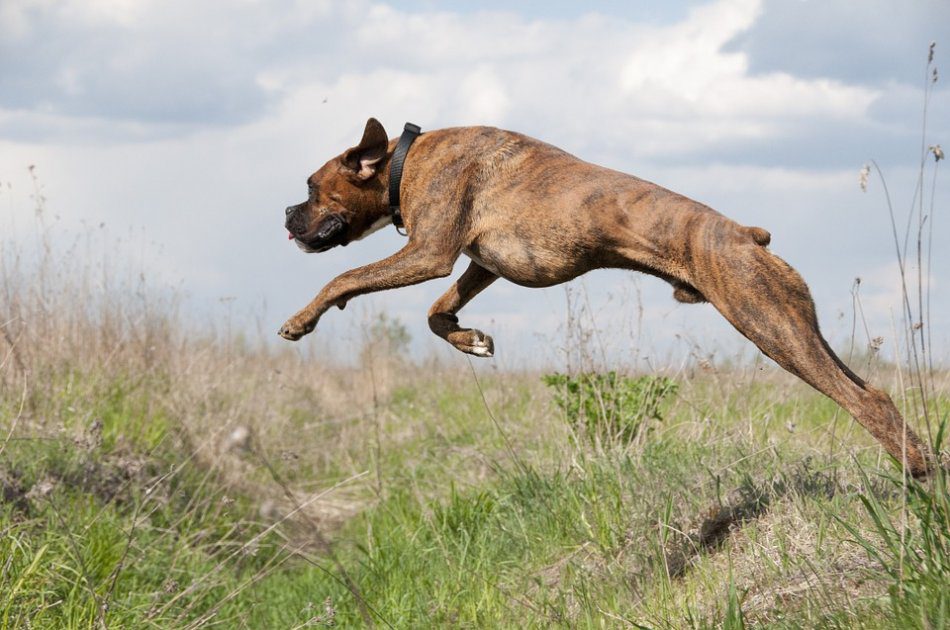
Photo: pixabay
What to do? Marinating a dog in boredom and giving up entertainment? Of course no!
There are several ways to help an excitable dog cope with this condition and correct his behavior:
- Use self-control games.
- Use search and intellectual games.
- Limit games that increase the level of arousal (stringing, chasing a ball or puller, etc.)
- Increase the predictability of the environment.
- Teach your dog to relax (including using relaxation protocols) so he can “breathe” – both literally and figuratively.
You can learn how to educate and train a dog in a humane way, as well as learn more about the psychology and behavior of dogs, by becoming participants in our video course on dog training using positive reinforcement.




